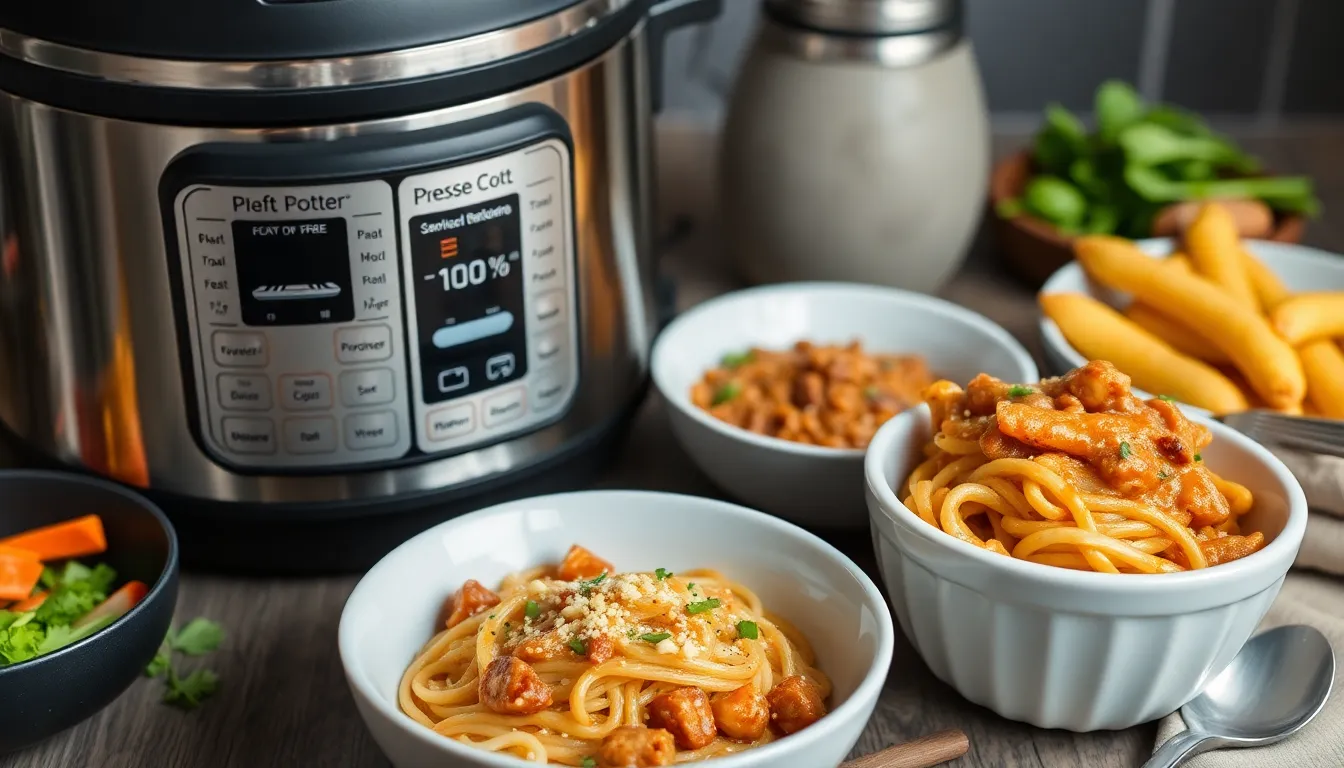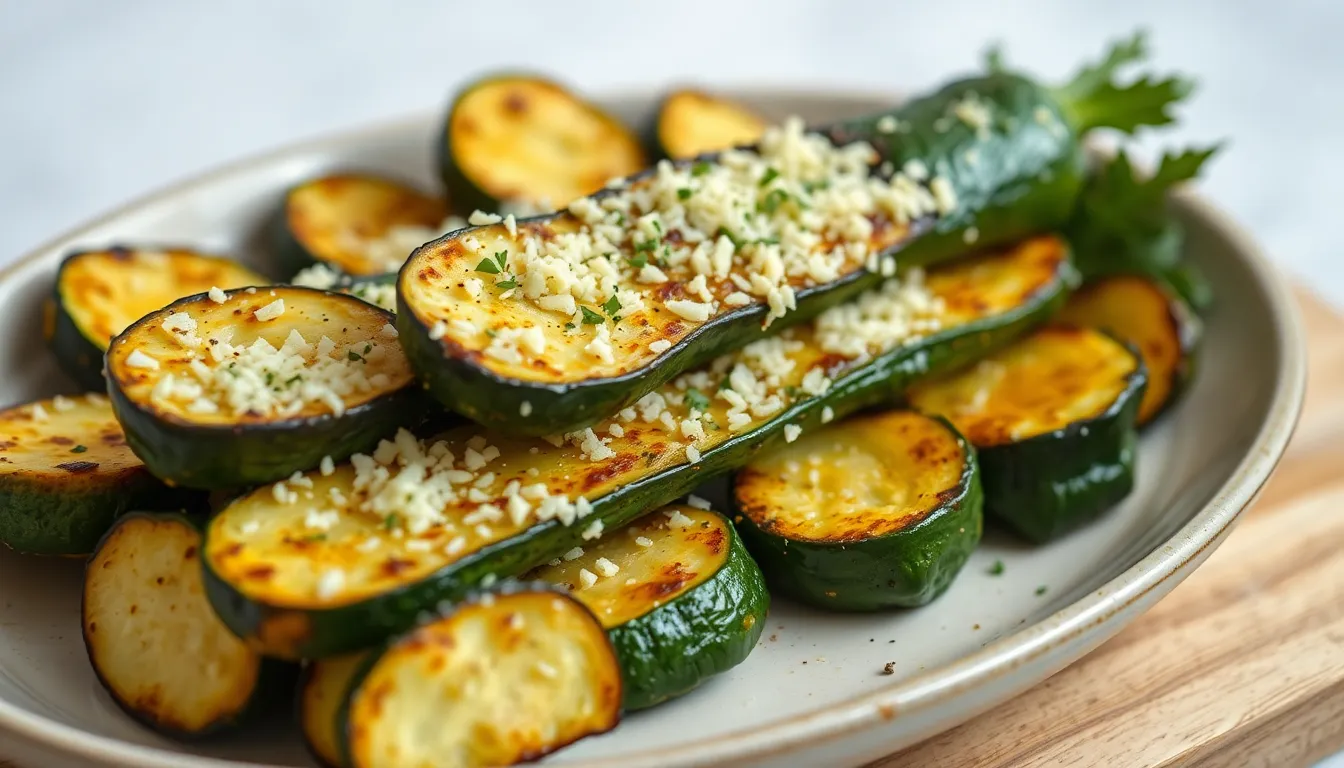Chickpeas: The Versatile Legume for Every Kitchen
Introduction
Chickpeas, also known as garbanzo beans, have earned their spot as a staple legume in kitchens around the globe. With their nutty flavor and firm texture, they offer endless culinary possibilities. Chickpeas are not only delicious but also packed with nutrients, making them a favorite among health-conscious eaters. From traditional dishes in Mediterranean and Middle Eastern cuisines to innovative modern recipes, chickpeas have found a way into the hearts (and stomachs) of many.
This article will explore the numerous nutritional benefits of chickpeas, their culinary applications, preparation tips, and how they fit into plant-based diets. Dive in and discover why chickpeas deserve a place in your kitchen!
Section 1: Nutritional Benefits of Chickpeas
Chickpeas are a powerhouse of nutrition, offering a variety of health benefits that can enhance your diet. Here are some reasons why you should consider adding them to your meals:
- High Protein Content: Chickpeas are an excellent source of protein, making them an essential food for vegetarians and vegans.
- Rich Source of Fiber: They are high in fiber, promoting digestive health and aiding in weight management.
- Vitamins and Minerals: Chickpeas contain several essential vitamins and minerals that support overall health.
Nutritional Information of Chickpeas per 100g
| Nutrient | Amount | % Daily Value |
|---|---|---|
| Protein | 19g | 38% |
| Fiber | 17g | 68% |
| Iron | 2.9mg | 16% |
| Magnesium | 48mg | 12% |
| Folate | 557mcg | 140% |
Section 2: Culinary Uses of Chickpeas
Chickpeas are incredibly versatile and can be incorporated into a wide array of dishes. From traditional recipes to modern innovations, here’s how you can make the most of this legume:
Subsection 2.1: Traditional Dishes
- Hummus: A creamy blend of chickpeas, tahini, lemon juice, and garlic. Variations include roasted red pepper, garlic, or spicy harissa hummus.
- Falafel: Deep-fried balls made from ground chickpeas, herbs, and spices. Serve with pita and tahini sauce for a delicious meal.
- Chickpea Curry: A simple and hearty dish that can be made with coconut milk and spices for a rich flavor.
Subsection 2.2: Innovative Recipes
- Chickpea Salad: Mix chickpeas with diced vegetables, herbs, and a dressing for a quick and nutritious meal.
- Roasted Chickpeas: Season and roast until crispy for a satisfying snack.
- Chickpea Pasta: A gluten-free alternative made from chickpea flour, which can be cooked like traditional pasta.
Subsection 2.3: Chickpeas in Global Cuisine
Chickpeas are celebrated in various culinary traditions:
- Mediterranean Dishes: Used in salads, stews, and spreads.
- Middle Eastern Recipes: Found in dishes like foul medames and tabbouleh.
- Indian Cuisine: Essential in dals and chana masala, showcasing their adaptability and flavor.
Section 3: Preparing and Cooking Chickpeas
Subsection 3.1: Types of Chickpeas
There are primarily two varieties of chickpeas:
- Desi Chickpeas: Smaller, darker, and have a rough coat. Common in Indian cuisine.
- Kabuli Chickpeas: Larger, lighter in color, and smoother. Popular in Mediterranean dishes.
Subsection 3.2: Buying and Storing Chickpeas
To ensure the best quality, consider these tips when buying and storing chickpeas:
- Selecting high-quality chickpeas: Look for firm, dry beans without any cracks or discoloration.
- Storage methods: Store dried chickpeas in an airtight container in a cool, dark place. Cooked chickpeas can be refrigerated for up to a week or frozen for longer storage.
Subsection 3.3: Cooking Chickpeas
Cooking chickpeas involves a few steps:
- Soaking methods for dried chickpeas: Overnight soaking or the quick soak method (boil for 2 minutes, then let sit for an hour).
- Cooking times:
- Stovetop: 1-2 hours for soaked chickpeas.
- Pressure cooker: 15-20 minutes for soaked chickpeas.
- Canned chickpeas: Drain and rinse before using them in salads, soups, or as toppings.
Section 4: Chickpeas in Plant-Based Diets
Incorporating chickpeas into plant-based diets offers numerous benefits:
- Nutritional powerhouse: Chickpeas provide essential nutrients that may be lacking in a plant-based diet.
- Meat substitute: Their high protein content makes them an excellent alternative to meat.
- Meal prepping: Cooked chickpeas can be easily added to various dishes, making them perfect for meal prep.
Section 5: Common FAQs About Chickpeas
Can you eat chickpeas raw?
Raw chickpeas are not typically consumed due to their hard texture and potential for causing digestive issues. Cooking them is recommended for optimal taste and digestion.
How to sprout chickpeas?
To sprout chickpeas, soak them in water overnight, then rinse and drain. Place them in a jar with a breathable lid and rinse twice a day until sprouts emerge, usually within 2-3 days.
Best ways to add chickpeas to smoothies?
Add cooked or canned chickpeas to smoothies for a protein boost. They blend well with fruits and greens, enhancing nutrient content without altering flavor.
Conclusion
Chickpeas are undeniably versatile, nutritious, and easy to incorporate into everyday cooking. From traditional recipes to modern innovations, their adaptability makes them a must-have in every kitchen. We encourage you to experiment with chickpeas in various dishes and discover new favorites!
What are your favorite chickpea recipes? Share them in the comments below!
Additional Resources
For further reading, check out the following links:




